When it comes to pest control, the general expectation is that you squirt the pest with some insecticide, and it dies. But this is often not the best termite treatment and that’s certainly the case when it comes to termites. There are a number of products that can be used to control termites, but termite baits are generally considered the best option for a number of reasons. So how do termite baits work?
What’s in a termite bait?
Before we explain how they work, it’s important to know what a termite bait is made of. As we want the termites to eat the bait, it needs to contain a highly attractive food source. Termites eat wood, but it’s the cellulose in the wood that they’re after. So, termite baits are largely made of pure cellulose – a treat for termites!
The termite bait also needs to have an insecticide to kill the termites. But here’s the smart thing about termite baits, they don’t contain a “traditional” insecticide. Termite baits contain a control agent called an insect growth regulator. When the termites eat the bait, the insect growth regulator doesn’t kill them directly or quickly (which is a good thing). The insect growth regulator stops the termite developing a new cuticle (skin). As termites need to moult as they grow and age, they die when they try and moult, as they haven’t developed a new cuticle.
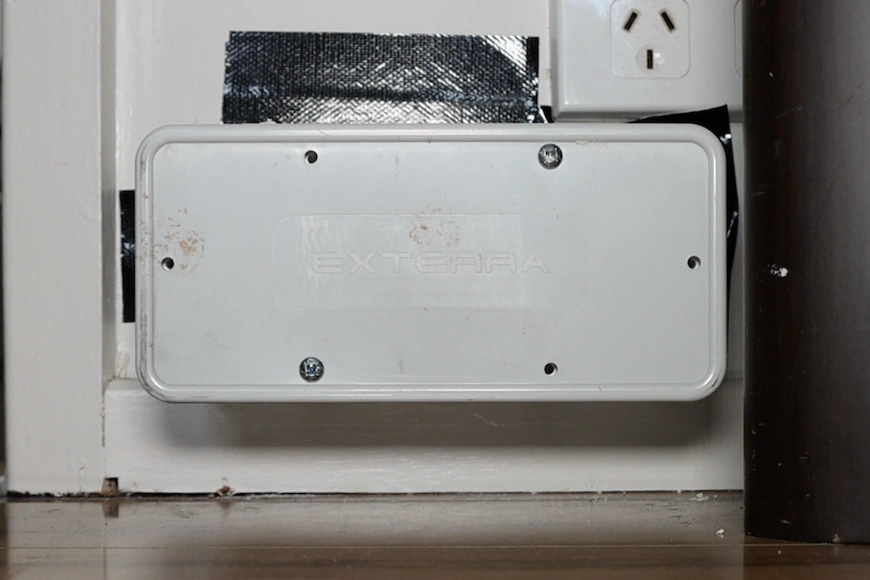
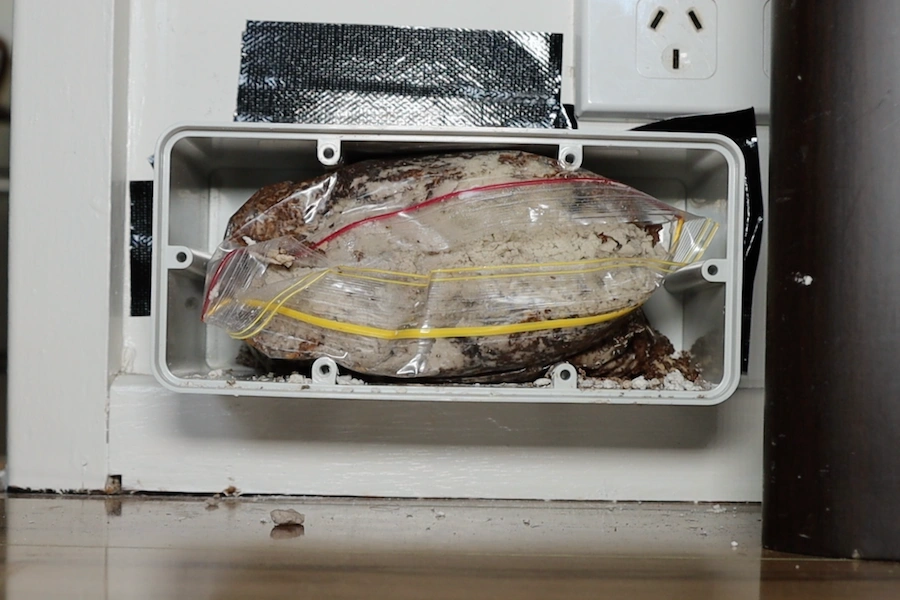
Termite baits eliminate the colony
When termites are attacking a house, termite bait stations are placed at all the feeding sites within the home. The aim is to get the termites to feed on the bait. Although termite bait is very attractive, termites can be fickle and will sometimes ignore a bait station, so you need to place more than one station to ensure they start feeding. The other reason you place baits at all feeding sites, is that there may be more than one colony attacking your house.
Termites feed on the bait and take it back to the nest where it is fed to their nest mates – the queen, other workers and the larvae. Not only does it kill the larvae and workers when they moult, it quickly sterilises the queen, so she is unable to lay viable eggs.
As the termites all moult at different times, it can take several weeks for large numbers of termites to start dying and around 3 months for the nest to be eliminated.
Some homeowners get a little nervous that it can take several weeks for the termite activity to drop off. However, the amount of additional damage that may occur during this time will be limited. It is more important to ensure the colony is eliminated so that the termites cannot return. Alternative products, such as termite dusts and termite foams, will kill the termites in the active areas quite quickly, but they generally won’t kill the nest. The best practice in termite management is to try and eliminate the nest to prevent the termites coming back and reducing the overall “termite pressure” on the property. Termite baits are the only proven way to do this.
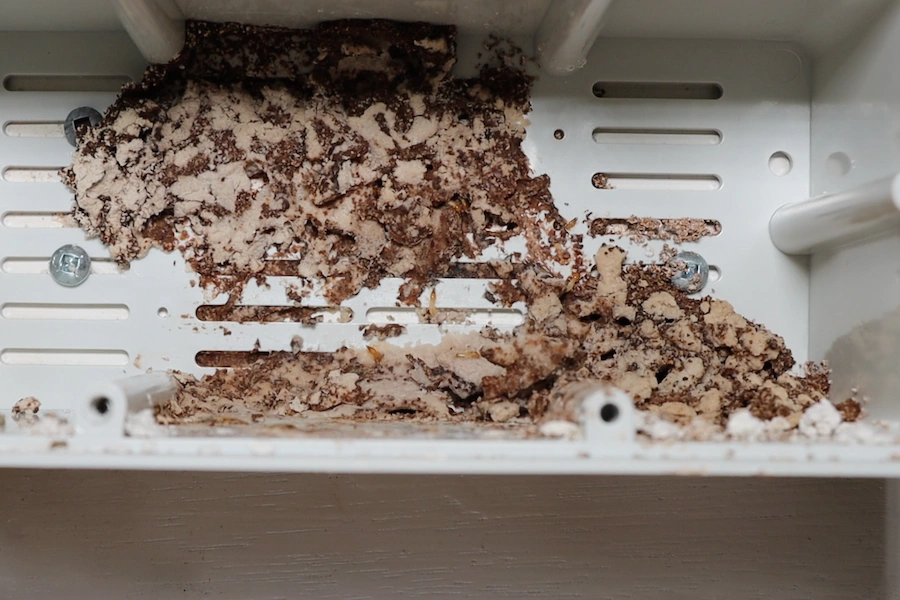
Termite baits as a termite protection system
As well as using termite baits to eliminate active termites from inside the house, termite baits are great as an ongoing termite protection system. Bait stations placed around the perimeter of your home will intercept any termites in the area and eliminate the corresponding termite nest. Often termite baiting systems are a better option compared to a traditional chemical treatment to the soil, as they can be used in a variety of soils, with all construction types and won’t get washed away with heavy rain or flooding.
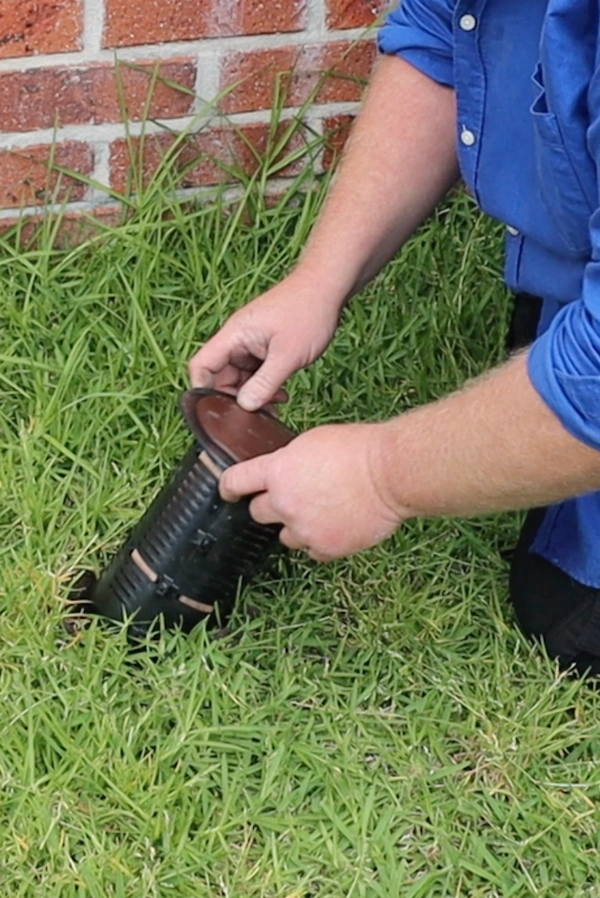
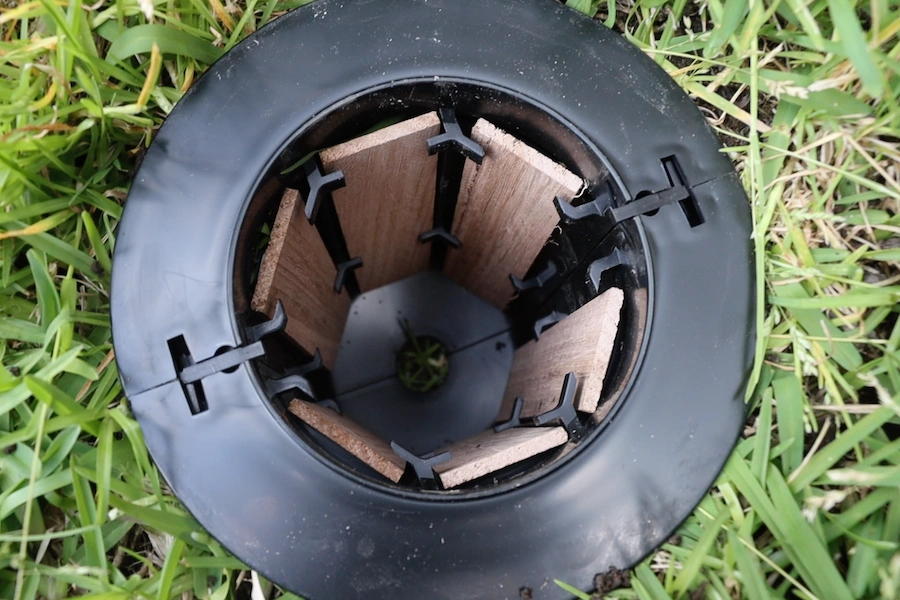
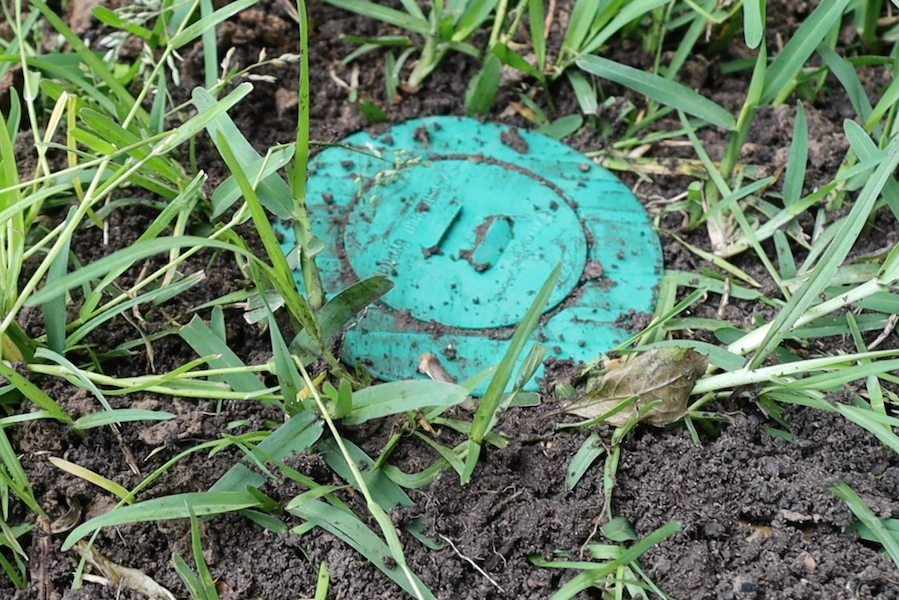
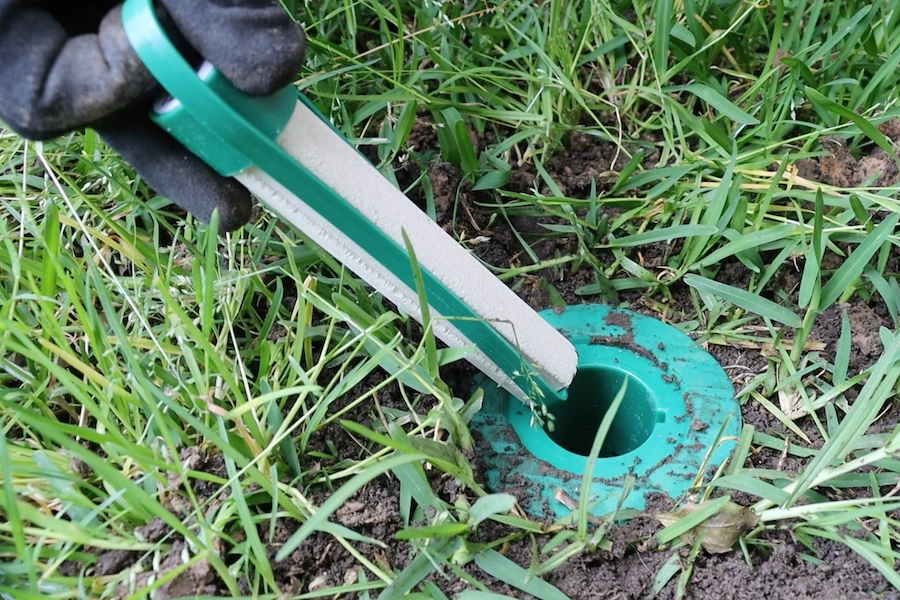
Termite baits have a great safety profile
The other reason termite baits are the smart choice, is that they have a great safety profile. The insect growth regulator used in the bait is essentially harmless to humans and pets. In addition, since the bait is placed inside a bait station and is based on cellulose, which is only really attractive to termites, it doesn’t even impact other insects. And for ongoing protection, bait stations around the home are better for the environment as their use avoids the need to apply chemicals to the soil.
At Rebel Pest Professional we generally prefer to use termite baits as they are the smart termite control option and the only one proven to eliminate the colony. More information on our professional termite treatments…
